
Charlotte Hobson’s account of her year as a Russian language student in Voronezh in 1991-92 is Russia in Fiction’s favourite memoir about Russia. Some time in the next few months, we will add a post here about other memoirs, but this one deserves a post all of its own.
Of course Black Earth City does not really belong on the Russia in Fiction blog, as it is not fiction; hence this post’s appearance in the ‘Editorials et al’ section and the fact that we are not counting the memoir in our path to reviewing one hundred books that portray Russia in fiction.
Though we note that Charlotte Hobson has subsequently written fiction; we will review The Vanishing Futurist (2016) before we reach our century of books. We note too that Black Earth City has influenced the latest novel by Charles Cumming, Judas 62, published last week and to be reviewed on this blog pretty soon.
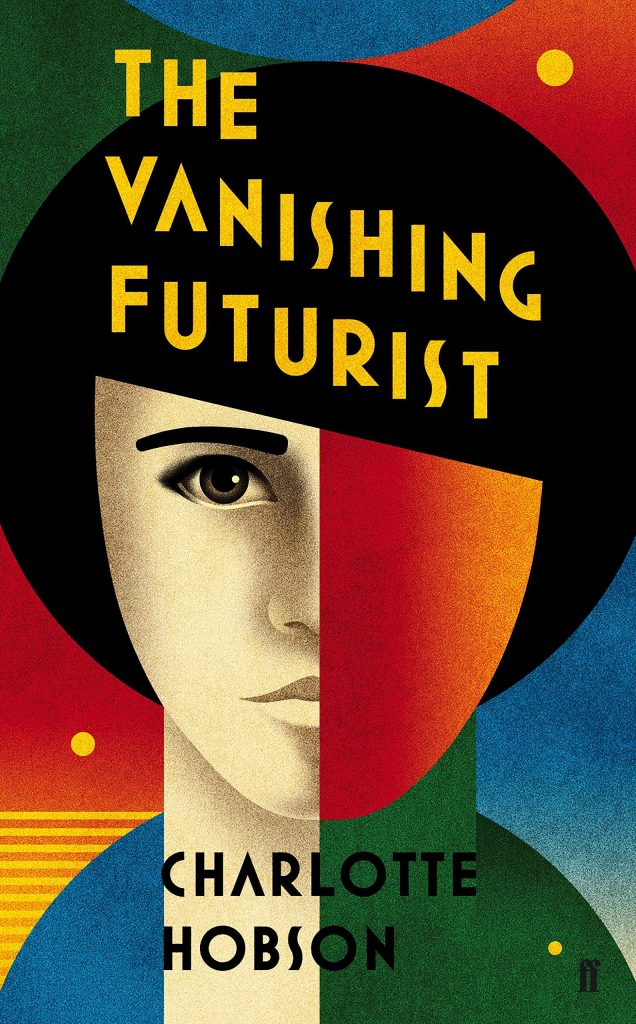
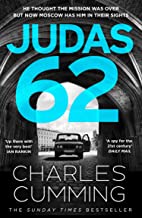
Shortlisted for the Duff Cooper non-fiction prize and winner of a Somerset Maugham Award, Black Earth City was met with strong reviews, which noted its sympathetic, observant, and poignant portrayal of the year in which the Soviet Union came to an end. It is a difficult book for Russia in Fiction to review. I can’t come at it in a detached way, having been a student in Voronezh myself, on the same programme, just a few years before Charlotte Hobson was. To read Black Earth City is to be back in that huge provincial city in the late Soviet years.
I recognise what passed for student accommodation; smelling, hearing, seeing the cramped, unhygienic obshchezhitie (hostel) on Frederick Engels Street, where food was hard to come by, where running water was a luxury not to be taken for granted, where the toilets were a dark, foul-smelling, rarely functioning, literal shit-hole, and where a varied, extensively international, assemblage of young men and women were dumped together, four to each small room, to eat, drink, play music, hunt for solitude, smoke in stairwells, bemoan their lot, rejoice in passing good fortune, occasionally study, plan futures both wild and realistic, create and consumate relationships, and sleep in the place that never slept.
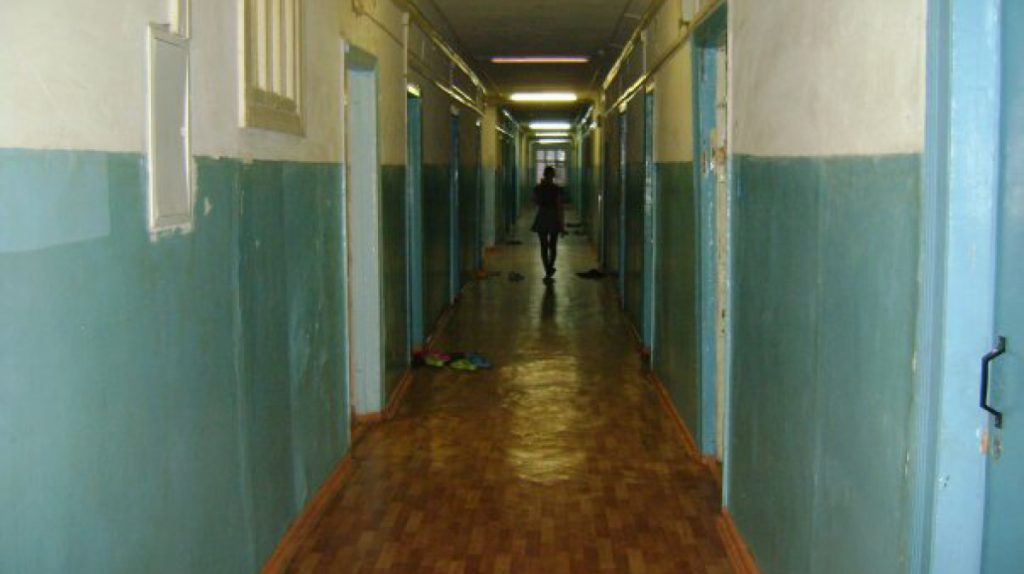
I recognise the distinctively Soviet attractions to which copious leisure time could be devoted, such as walks down the wide boulevards, slipping on the snow in winter, manouevring round and over the puddles in spring, marvelling at the cotton wool pukh floating down from poplar trees in early summer; and outings all year round to ice cream bars or to attend cheap performances in the faded but formal grandeur of the resident classical orchestra’s concert hall.
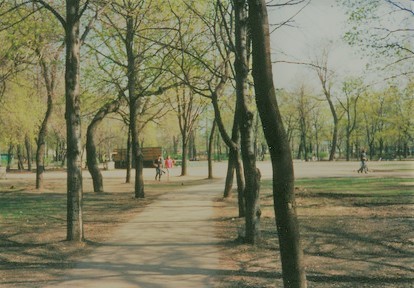
I recognise the sense of disconnection for westerners from not only the outside world, but even from the rest of the Soviet Union. To make international phone calls required at least a day’s notice. Letters to and from my Yorkshire home were censored, opened, and took several weeks; except for those that did not arrive at all. Even Moscow, with its shortages and rundown fin de siècle feel, seemed like a remote, attractive metropolis.
Charlotte Hobson was in Voronezh three or four years after me, in the year the Soviet Union finally ceased to exist, so almost as interesting as what I recognise are the emergent transformations which I don’t. In 1988 most students were still planning lives —or having lives planned for them— within the Soviet system, where futures seemed relatively predictable.
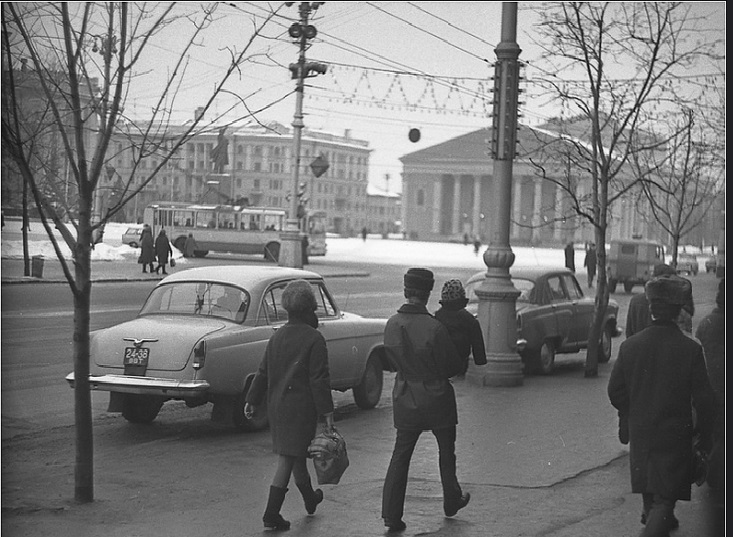
Four years later, in Black Earth City, there is an existential chaos with many of Hobson’s Soviet friends looking to simply get away and find their path outside of Russia, in the West. Many too thinking little of futures, but milking each day for its meagre —and therefore much treasured— rewards.
Food was even harder to find in Voronezh in 1991-92 than in 1988 —not that students were starving, but that shops were frequently empty, and when not so the provisions were basic, expensive, and of poor quality. By 1991 the beginnings of import-export relaxation saw a bizarrely eclectic opening up of provincial Russia to goods from the West, as exquisitely portrayed in Hobson’s description of ‘the Commission Shop’ in which her Russian boyfriend worked.
There was a thrill in this random, brightly coloured array. Banana-flavoured liqueurs, books on acupuncture, marbled chocolate cakes in shiny wrappers, purple suspender belts and marital aids in the shape of Elvis Presley …
And it was only much later, looking around at the shelves crowded with useless, expensive gimmicks, with plastic boxes three times as large as their contents, with piles of clothes and knick-knacks and chemical drinks, that it struck me as pitiful.
Black Earth City, pp. 168-169
Black Earth City is an extraordinary book. It captures time and place precisely, and does so with heartfelt humanity. Hobson’s writing represents an object lesson in how less is more. Her slight prose has great depth. It may mean much to me because I know the setting so well, but even without such emotional intimacy, Black Earth City stands as a beautifully conceived and written memoir of young lives straddling borders of youth and adulthood, East and West, Communist and capitalist, Cold War and transitional nothingness.
The ending gets me at every reading. I’m back there, waving at the window as our train slowly moved away from the station and we left Voronezh for the last time. Hobson does not so much finish her story as simply lay it down.